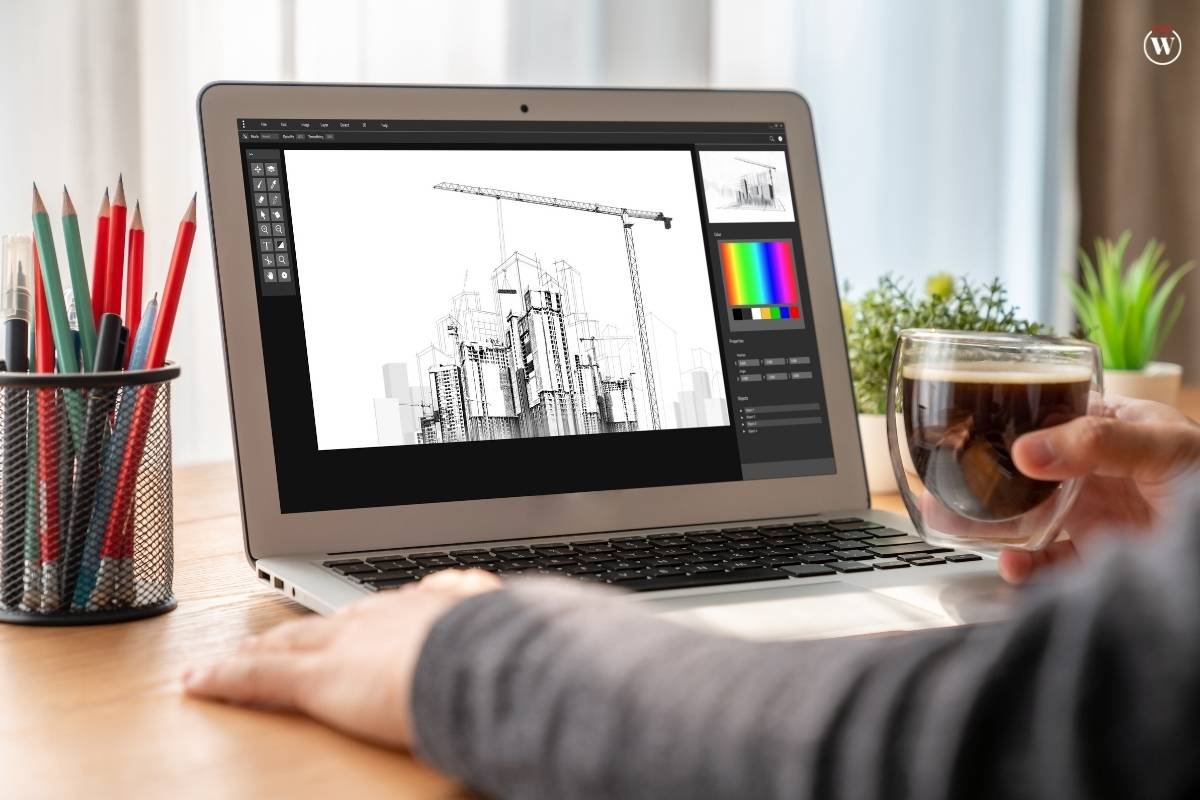Architecture is a sector where precision meets creativity, and the integration of cutting-edge software has become indispensable for professionals seeking to push the boundaries of design. Architects today are harnessing the power of specialized software tools to streamline workflows, enhance collaboration, and bring their imaginative visions to life. This article explores the diverse landscape of software for architects, unveiling a myriad of tools that empower architects to shape the future of urban landscapes.
Understanding the Architect’s Toolkit
Architects leverage a suite of software applications tailored to their unique needs. From conceptualization to construction, these tools seamlessly integrate into the architectural workflow, aiding in tasks ranging from drafting and modeling to project management and collaboration.
Let’s delve into the key categories of software for architects that are revolutionizing the industry:
1. CAD Software for Architects

At the core of architectural design lies Computer-Aided Design (CAD) software, serving as the digital drafting board for architects. With the ability to create precise 2D and 3D models, architects can visualize and iterate their designs efficiently. Industry-standard CAD software such as AutoCAD and SketchUp dominates this space, offering robust features that cater to the intricate demands of architectural design. These tools facilitate the translation of conceptual ideas into tangible blueprints, ensuring accuracy in every detail.
2. BIM Software for Collaborative Design
Building Information Modeling (BIM) software goes beyond traditional CAD by providing a comprehensive digital representation of a building’s physical and functional characteristics. BIM tools like Revit and ArchiCAD allow architects to collaboratively design and manage projects in a centralized environment. The keyword “software for architects” resonates strongly in this domain, as BIM enables seamless collaboration among architects, engineers, and other stakeholders throughout the entire project lifecycle.
3. Visualization and Rendering Software
In the competitive world of architecture, compelling visualizations are pivotal for communicating design intent to clients and stakeholders. Visualization and rendering software, such as Lumion and V-Ray, transform static models into photorealistic images and animations. These tools play a crucial role in the presentation phase, helping architects articulate their concepts vividly. The integration of such software into the architect’s toolkit is a testament to the industry’s commitment to delivering visually stunning and immersive experiences.
4. Project Management and Collaboration Tools

Efficient project management is the cornerstone of successful architectural endeavors. Software designed to streamline project workflows, manage timelines, and enhance collaboration is integral for architects juggling multiple projects. Tools like Asana, Trello, and Slack empower architects to stay organized, communicate effectively with team members, and meet project deadlines. The adoption of project management software within the architectural community underscores the need for a holistic approach to design that extends beyond the drafting table.
5. Parametric Design and Algorithmic Tools
As architecture embraces computational design, parametric design, and algorithmic tools are gaining prominence. Software like Rhino and Grasshopper enables architects to explore complex, generative design possibilities. By integrating algorithms into the design process, architects can create intricate, data-driven structures that push the boundaries of conventional architecture. The inclusion of parametric design in the architect’s toolkit signifies a shift towards innovative, technology-driven solutions.
Exploring Emerging Trends
The field of architecture is dynamic, with trends constantly evolving to meet the demands of the contemporary landscape. As we delve deeper into the keyword “software for architects,” it is crucial to explore emerging trends that are reshaping the industry.
- Augmented Reality (AR) and Virtual Reality (VR):

The integration of AR and VR technologies is redefining how architects visualize and present their designs. Software like Unreal Engine and Enscape allows architects to create immersive, interactive experiences that go beyond static renderings. Clients can now virtually walk through spaces before construction begins, offering a more engaging and realistic preview of the final design. The keyword “software for architects” seamlessly aligns with this trend, emphasizing the pivotal role that technology plays in enhancing the design and presentation process.
- Generative Design:
Generative design, powered by artificial intelligence (AI) algorithms, is revolutionizing the way architects approach the conceptualization phase. Software applications like Autodesk Generative Design enable architects to input design goals and constraints, letting the algorithm generate numerous design iterations. This not only expedites the design exploration process but also opens doors to innovative and efficient solutions. Architects embracing generative design software are at the forefront of a paradigm shift in how structures are conceived and realized.
- Sustainable Design Software:
In an era where sustainability is a key consideration in every industry, architects are turning to specialized software to integrate sustainable practices into their designs. Tools like Sefaira and Autodesk Insight provide real-time analysis of a building’s environmental performance, allowing architects to make informed decisions that minimize environmental impact. The inclusion of sustainable design software in the architect’s toolkit underscores a commitment to creating structures that align with ecological principles.
Software for architects in 2023 (explained in 3 levels)
Conclusion
As architecture continues to evolve, the reliance on sophisticated software tools is becoming increasingly pronounced. The keyword “software for architects” encapsulates the diverse array of applications that have become integral to the modern architect’s toolkit. From traditional CAD software to emerging technologies like generative design and augmented reality, architects are embracing a future where innovation and technology converge to shape the built environment.
In this article, we have navigated through the various categories of software for architects, highlighting their significance in different phases of the architectural process. The exploration of emerging trends further underscores the dynamic nature of the industry, where staying abreast of technological advancements is essential for staying competitive.
This article serves not only as an informative guide for architects seeking to enhance their toolkit but also as a testament to the transformative power of software in shaping the architectural landscape of tomorrow. As architects continue to push boundaries and redefine possibilities, the role of software remains paramount in transforming visionary concepts into tangible, awe-inspiring structures.
Also read: 10 Best Design Software For Architects









